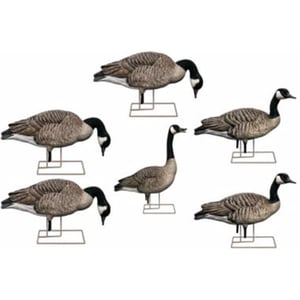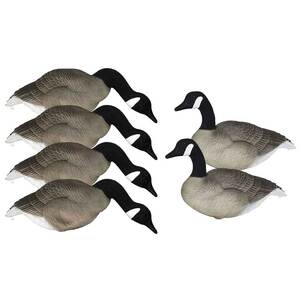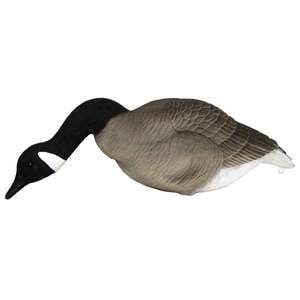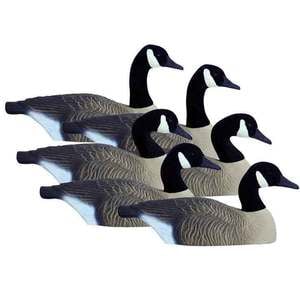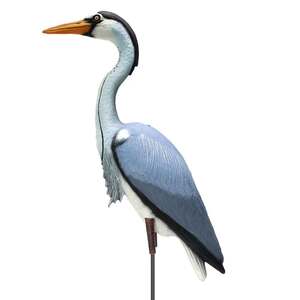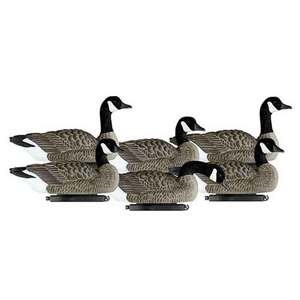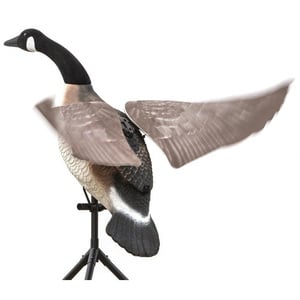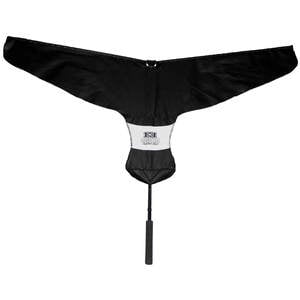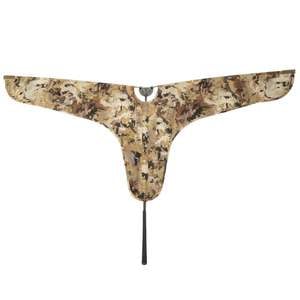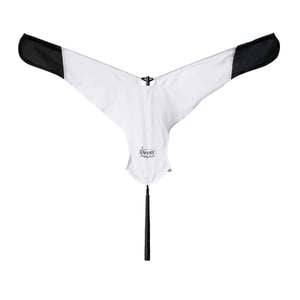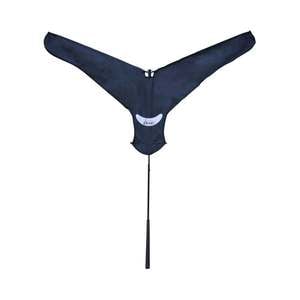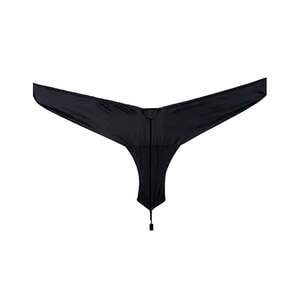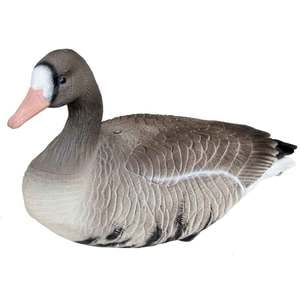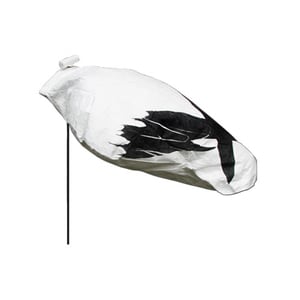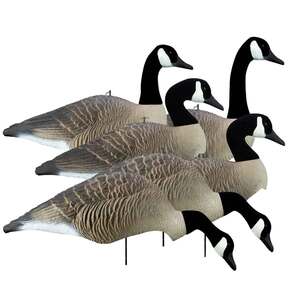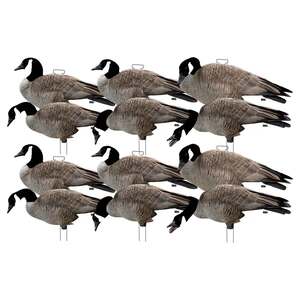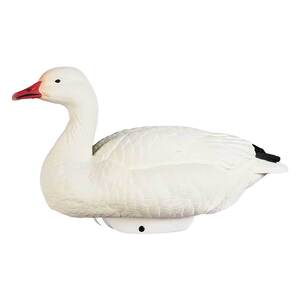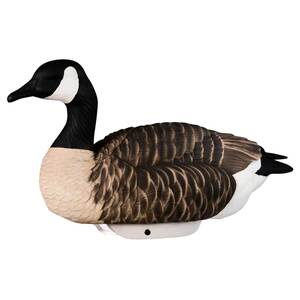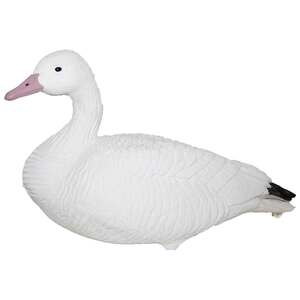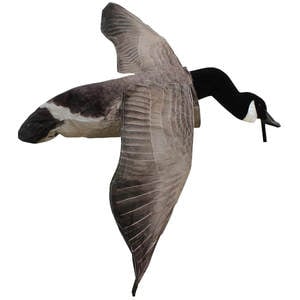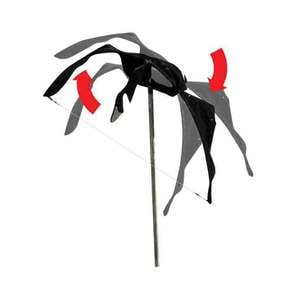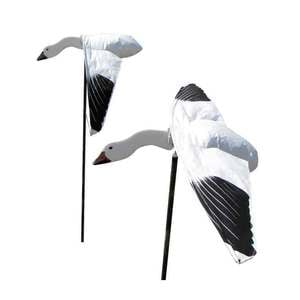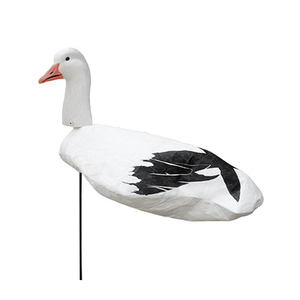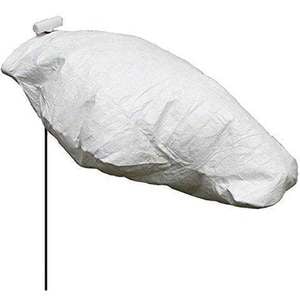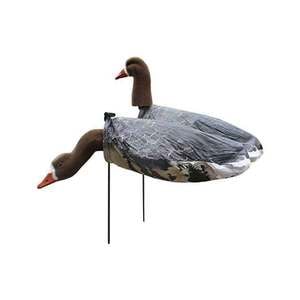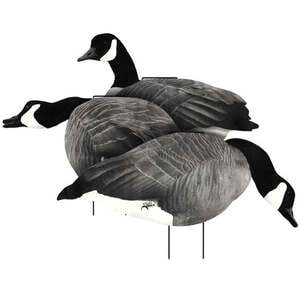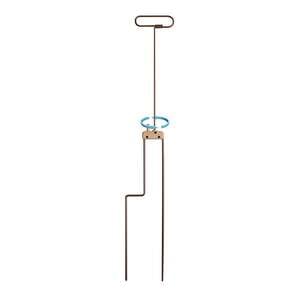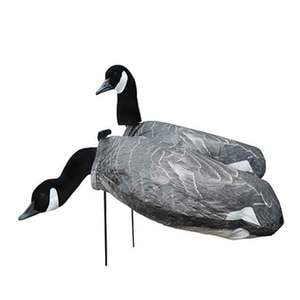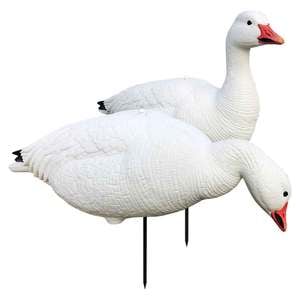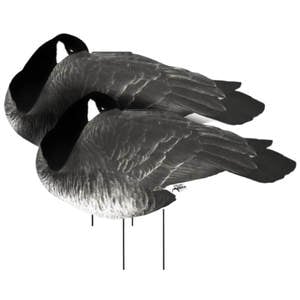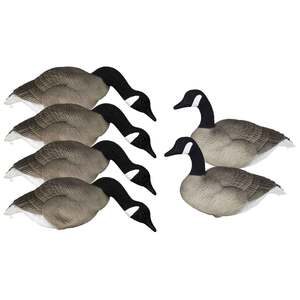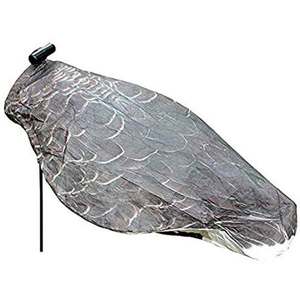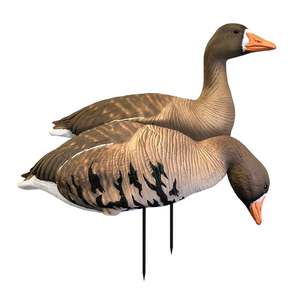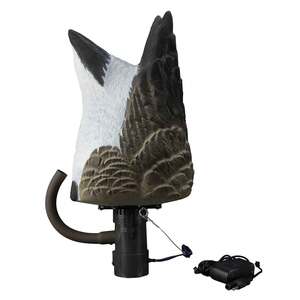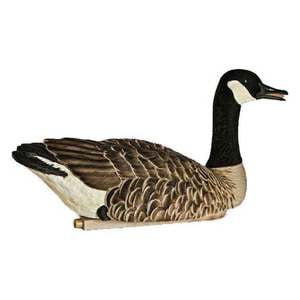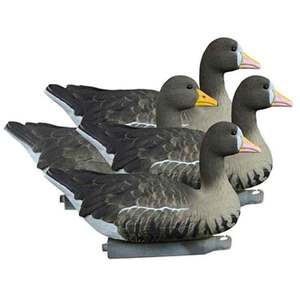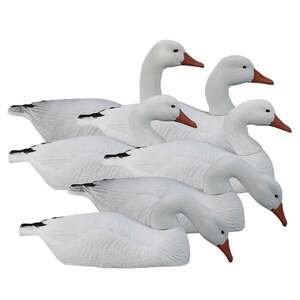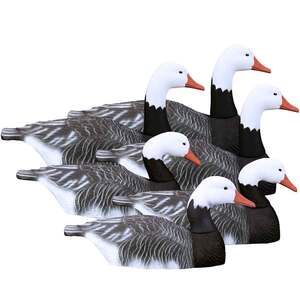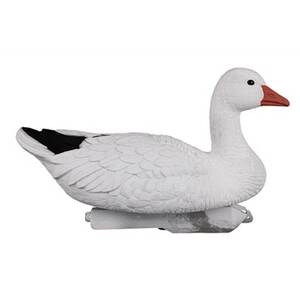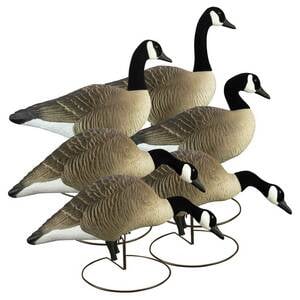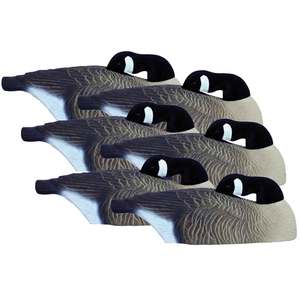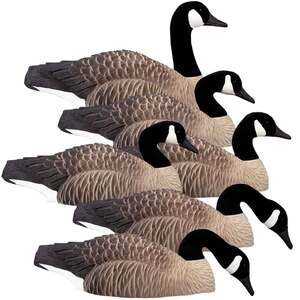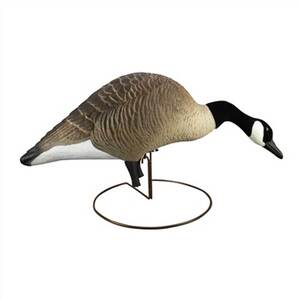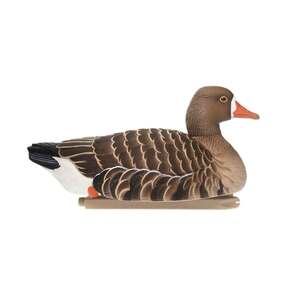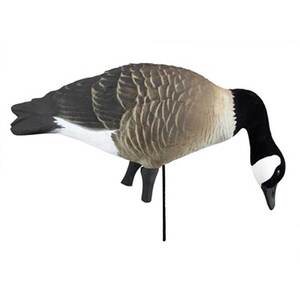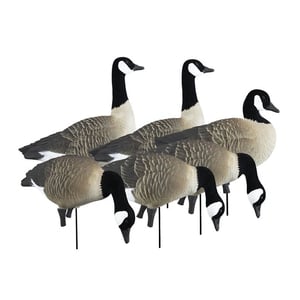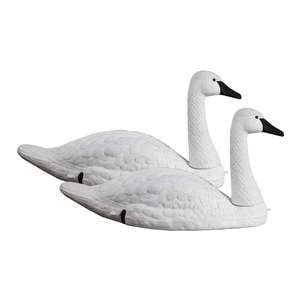Geese have strong eyesight. This means that the right decoy spread has the potential to attract them from far away—but it also means that they’ll easily fly past a poorly positioned decoy spread. A good spread of goose decoys will include geese in different postures, sitting at least a wingspan apart (which is usually four feet).
Types of goose decoys
There are four primary types of decoys that you can choose from.
- Motorized decoys. Battery-powered motors keep these decoys moving, which attract geese and are more visible from greater distances. Movement usually looks like landing or taking flight.
- Floater decoys. These decoys float in the water, which creates the movement without the battery. These are a great option if you’ll be positioned near a body of water.
- Shell decoys. These decoys represent geese on land, and usually have wider bases to prevent them from flying away during wind.
- Windsock decoys. Fabric decoys catch the wind and move. These are the most lightweight and portable option, but are often less realistic.
Additional considerations
When shopping for goose decoys, it’s important to consider the following factors.
- Realism. How much does this decoy actually look like a goose? This is more important the later in the season you’ll be hunting, and is determined by visual as well as movement.
- Durability. Will the decoy become less realistic due to cracking or paint chipping?
- Portability. How far will you be carrying your decoys? If you have a hike, this is likely a high priority.

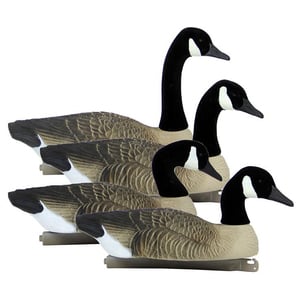
 Pick Up in Store
Pick Up in Store